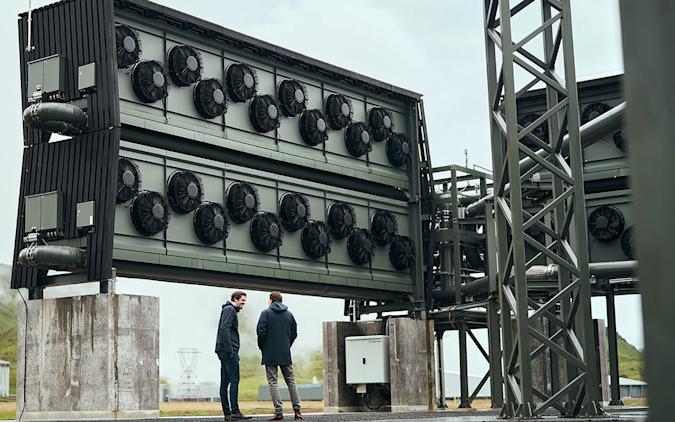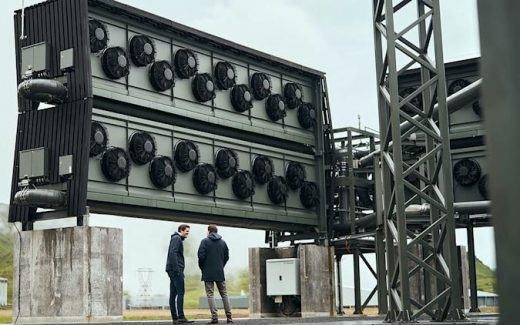US Department of Energy wants to dramatically reduce the cost of carbon capture technology
The largest direct carbon capture plant is now making a small impact on emissions
It could take a long time for these plants to make a difference.


The world’s largest direct-air carbon capture plant is up and running, although you might want to keep your expectations in check. Bloomberg reports Climeworks has started operations for Orca, a plant in Iceland that grabs CO2 from the air, storing it underground and using a Carbfix solution to mix the chemical with water and (in two years) trap it in stone. The facility will capture 4,000 tons of CO2 per year, and it’s ‘permanently’ removed from the environment, not recycled.
A carbon offset isn’t a trivial purchase. It currently costs $600 per ton for bulk requests, and as high as $1,200 for eco-friendly individuals. Climeworks hopes to shrink the cost to $300 or less per ton by 2030 as it ramps up its overall capacity.
While Orca represents an important milestone for actively reducing humanity’s carbon footprint, it’s not much to brag about at this stage — if anything, it reveals just how far the technology has to go. That 4,000 tons of capture is equal to just 250 US residents, half the total capture output in the world, and nowhere near matching Climeworks’ initial plan to capture 300 million tons (1 percent of the world’s emissions) by 2025. The company now expects to reach 500,000 tons per year by 2030.
There are still reasons to be optimistic. Demand is very high, according to Climeworks, to the point where the company plans to expand Orca tenfold in the next three years. Lower carbon reduction prices could also accelerate adoption by tempting companies that would otherwise pay penalties when they can’t meet emissions targets. This won’t be a true substitute for reducing CO2 output, but it could help mitigate the impact in the short term.
(27)


